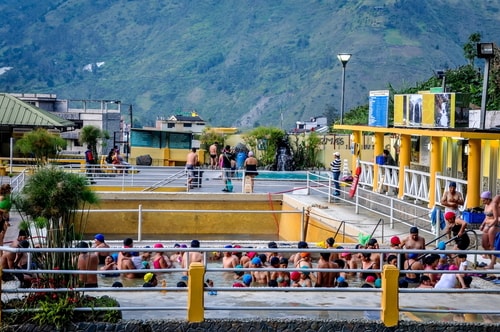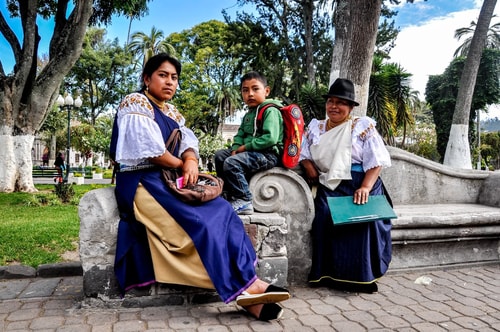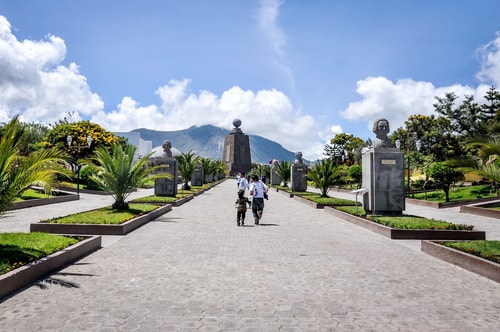GENERAL DESCRIPTION
Ecuador is a country straddling the equator on South America’s west coast. Its diverse landscape encompasses Amazon jungle, Andean highlands and the wildlife-rich Galápagos Islands. In the Andean foothills at an elevation of 2,850m, Quito, the capital, is known for its largely intact Spanish colonial center, with decorated 16th- and 17th-century palaces and religious sites, like the ornate Compañía de Jesús Church.
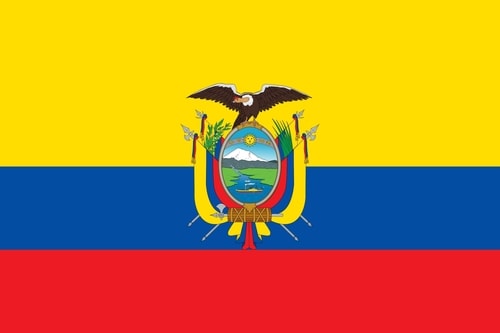
COUNTRY FACTS
POPULATION
13,032,000
RELIGION
Roman Catholic
CAPITAL
Quito (1,451,000)
LIFE EXPECTANCY
71
GDP PER CAPITA
U.S. $3,200
AREA
283,560 square kilometers (109,483 square miles)
LANGUAGE
Spanish, Quechua
LITERACY PERCENT
93
FABIO'S REVIEW


Coming soon!
LOCATIONS EXPERIENCED
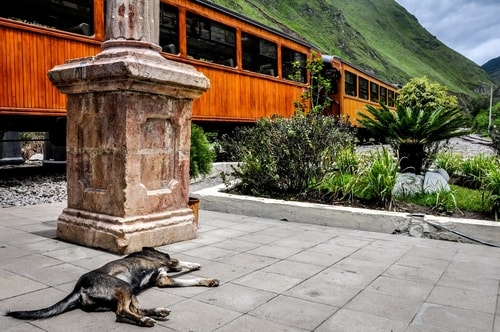
ALAUSI
Alausí is a town in the Chimborazo province of Ecuador, with a population of 5,563 (2001). It is the starting-off point for the Nariz del Diablo train, an audacious engineering realized in the Andean mountain range, which took the lives of many Jamaican slaves contracted to dynamite the mountain.
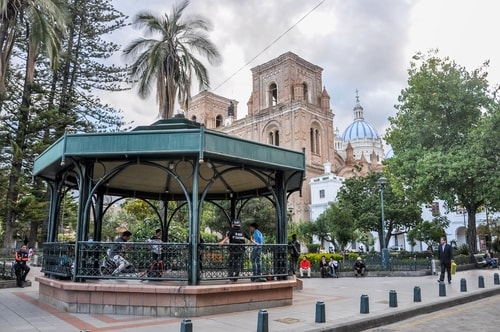
CUENCA
Cuenca (Santa Ana de los Ríos de Cuenca) is a city in southern Ecuador’s Andes mountains. It is known for its Tomebamba River waterfront and handicrafts including Panama hats. Its central plaza, Parque Calderón, is home to the blue-domed Catedral Nueva and the 16th-century Catedral Vieja, now a religious museum. The Museo y Parque Arqueológico Pumapungo displays ruins and artifacts from the Incan city of Tomebamba.

QUITO
Quito, Ecuador's capital, sits high in the Andean foothills at an altitude of 2,850m. Constructed on the foundations of an ancient Incan city, it is known for its well-preserved colonial center, rich with 16th- and 17th-century churches and other structures blending European, Moorish and indigenous styles. These include the cathedral in the Plaza Grande square, and the ultra-ornate Compañia de Jesús Jesuit church.
ALAUSI

Alausí is a town in the Chimborazo province of Ecuador, with a population of 5,563 (2001). It is the starting-off point for the Nariz del Diablo train, an audacious engineering realized in the Andean mountain range, which took the lives of many Jamaican slaves contracted to dynamite the mountain.
CUENCA

Cuenca (Santa Ana de los Ríos de Cuenca) is a city in southern Ecuador’s Andes mountains. It is known for its Tomebamba River waterfront and handicrafts including Panama hats. Its central plaza, Parque Calderón, is home to the blue-domed Catedral Nueva and the 16th-century Catedral Vieja, now a religious museum. The Museo y Parque Arqueológico Pumapungo displays ruins and artifacts from the Incan city of Tomebamba.
QUITO

Quito, Ecuador's capital, sits high in the Andean foothills at an altitude of 2,850m. Constructed on the foundations of an ancient Incan city, it is known for its well-preserved colonial center, rich with 16th- and 17th-century churches and other structures blending European, Moorish and indigenous styles. These include the cathedral in the Plaza Grande square, and the ultra-ornate Compañia de Jesús Jesuit church.
MAP
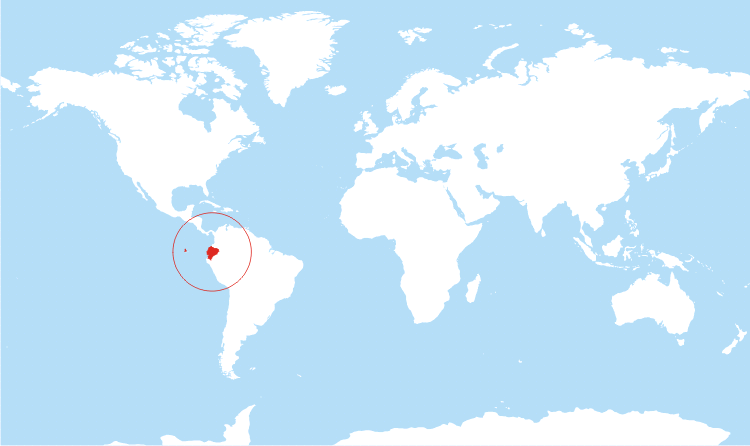
VIDEOS
Check out my YouTube page for all videos!
RESOURCES
This section is currently under construction.

